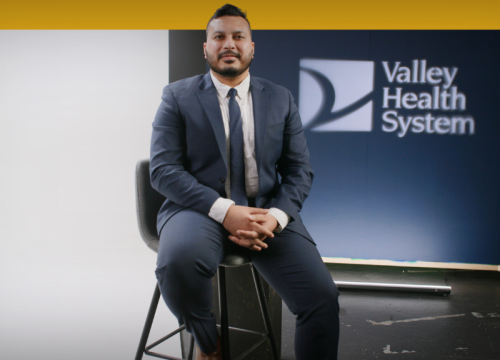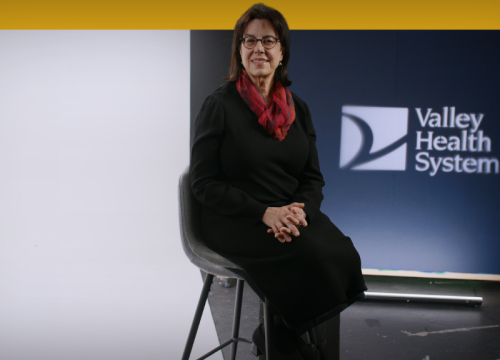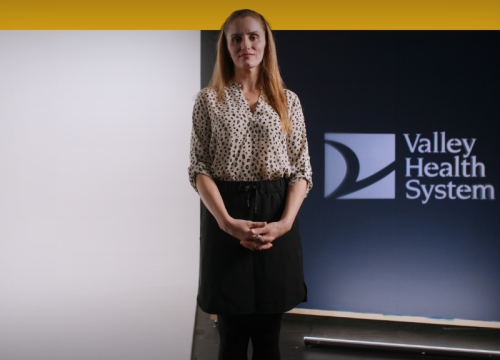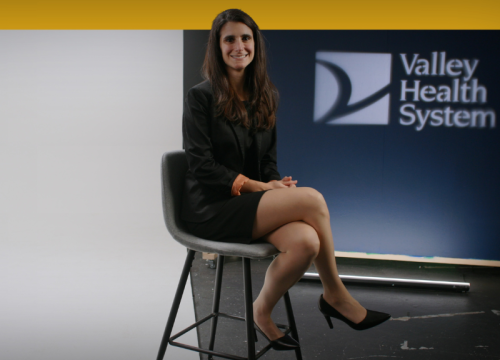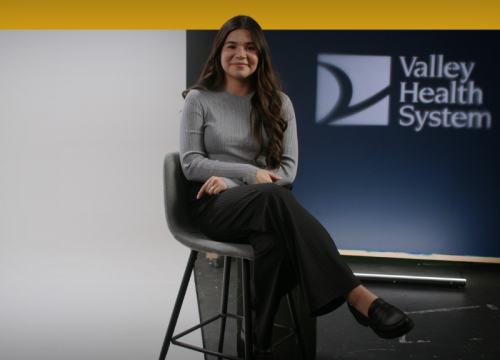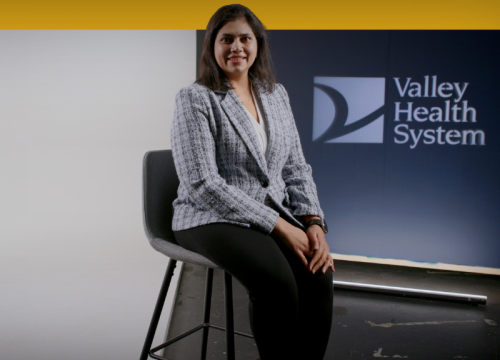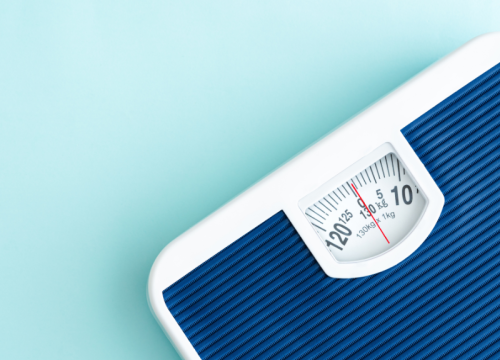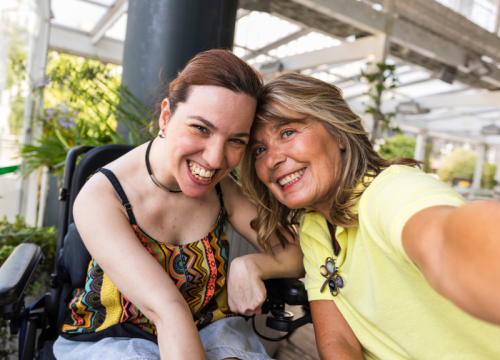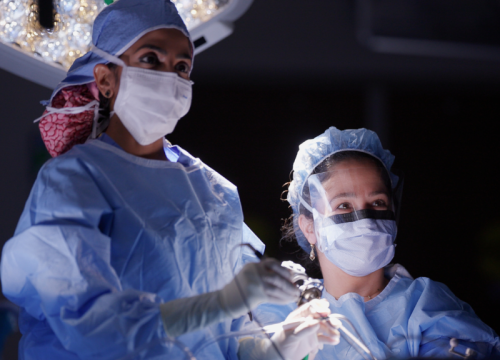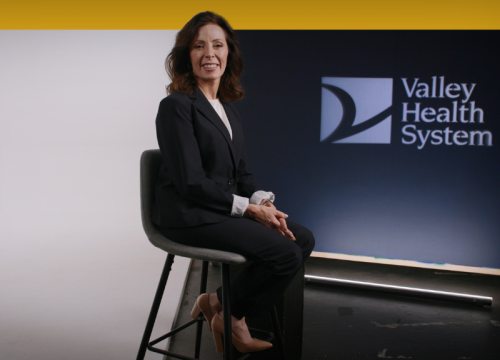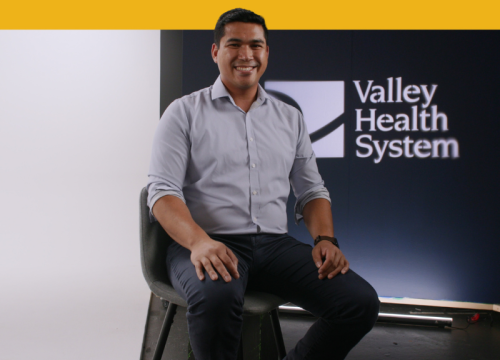A capsule endoscopy uses a pill-sized video capsule endoscope that is swallowed to examine the lining of the middle part of your gastrointestinal tract. These areas can be difficult to reach during an upper endoscopy or colonoscopy.
Through the use of a capsule endoscopy, your gastroenterologist can search for a cause of bleeding, detect polyps, check for Crohn’s disease, diagnose ulcers, and search for tumors of the small intestine. A capsule endoscopy is also called a small bowel endoscopy, capsule enteroscopy, or wireless endoscopy.
What to Expect
Preparing for your capsule endoscopy
Your gastroenterologist will give you specific instructions; however, in general, you may not eat or drink, even water, for 12 hours before your capsule endoscopy. Tell your doctor about any medications you are taking, whether you have allergies, and if you have a swallowing disorder, pacemaker, previous abdominal surgery, history of bowel obstruction, inflammatory bowel disease, or adhesions.
During your capsule endoscopy
A nurse will apply a sensor device to your abdomen. You will swallow the pill-sized capsule endoscope, which has its own lens and light source. The capsule will pass naturally through your digestive tract and translate images to a data recorder that you wear on your belt for approximately eight hours. Four hours after you have ingested the capsule, you may drink clear liquids and eat a light meal unless your doctor tells you otherwise. You may not participate in vigorous activity or sports during the test.
After your capsule endoscopy
You need to return to the hospital after eight hours to have the data recorder removed. Do not disconnect it prematurely or the images may be destroyed. Images from the data recorder will be put on a computer screen for your gastroenterologist to view. They will notify you with your results.


